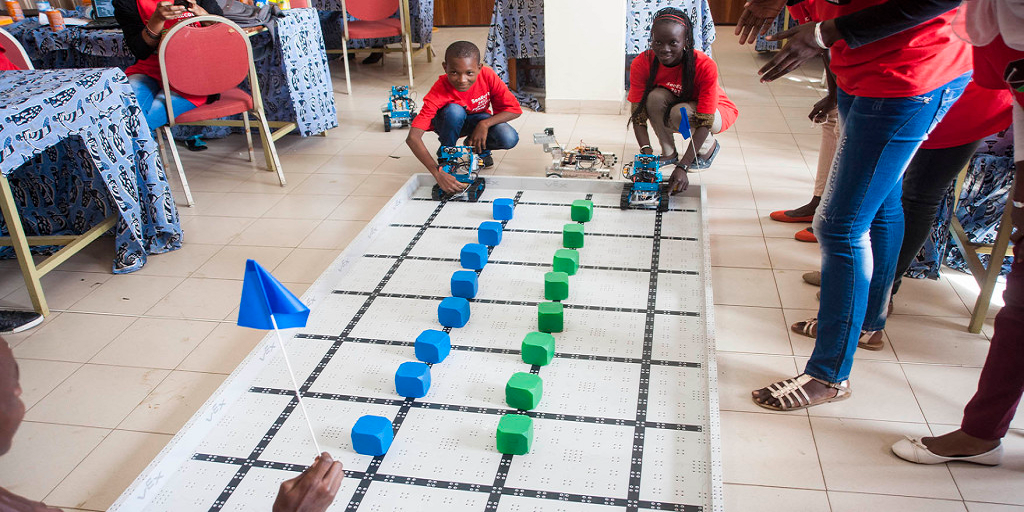Perceptions by Westerners as to the state of education in Africa are as varied as the continent itself and often run the gamut from gross over-generalizations to ethnocentric condescension. The fact is that even if you are from Africa, it can be difficult to make claims that speak of the continent as a whole because of the enormously diverse cultures housed within its vast territory. However, one thing can be said about education in Africa because it holds equally true for the rest of the world: STEM education is key to creating a sustainable workforce in the contemporary marketplace.
“We have to be modest at the beginning. We probably won’t get students from all countries in Africa to travel this first year. We want however as many kids from all over Africa to come together and compete against each other in a friendly robotics competition. The idea is to have something similar to what we have here in the US with the FirstRobotics and Lego Leagues teams.”
As part of developing this program, Ndao and his students from UNL worked to create a low-cost robot prototype that they are calling AZIBOt that is built completely out of 3D printed parts. The kit is open-source and uses an Arduino-based electronics platform to power parts that are available for download and printing from Thingiverse.
The hope is to be able to ship the robot’s parts as well as a replica of the field for competition to the teams that will be taking part in the event along with information about the specifics of the assigned competition task. The competition itself, titled the Pan-African Robotics Competition (PARC) will operate with the theme “Powering Agriculture” and Ndao expects that topic to be particularly appealing to African students, as he noted:
“Food, water, and clean environment are among challenges that African countries need to overcome, let’s start with STEM education. The challenge will be for students to devise solutions for improving agriculture using science and technology – robotics, precision agriculture, machinery, and so on. We’re planning to make 25 to 30 sets to give to the teams and get them started. It’s all being built here, all by our university students and a few high school students helping on the playing field design. The idea is by sometime in November to send the kits, and I will leave during the spring to do some preparatory work there.”
It’s an amazing amount of work to coordinate something like this and Ndao does it all on top of his regular teaching, research, and service activities. He does’t complain though, but instead insists that he finds himself energized by the students:
[Photos: courtesy photos/UNL]“I’ve seen how education has helped me – becoming financially stable and being able to enjoy certain privileges. I felt this same thing can apply to other people, especially underprivileged children living in Africa, where many of them don’t have access to high quality STEM education. They can grow to be future leaders and enable their families to have a better life.”
